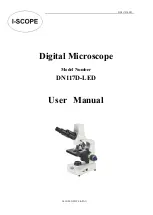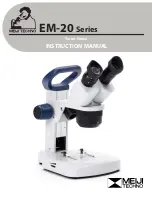
Park XE-70 AFM User Manual
Ed Fei and Ryan Brock
Updated 10/30/13
NOTE:
This document is intended as a quick reference for basic operation of the
Park XE-70 and is by no means a comprehensive manual. It is strongly suggested
that users look through the Park documentation. The better you understand the
instrument, the more effectively you will be able to use it.
Basic AFM Principles
When the tip is suspended in air, the laser will hit the center of the quadrant photodetector.
If the tip encounters a feature on the surface, the tip deflects and the laser will move on the
quadrant photodetector. This is relayed to a motor controlling the tip which adjusts the tip’s
vertical position until the laser is aimed in the center of the quadrant photodetector once again.
Effectively, this keeps the tip at a constant distance from the sample surface. By recording the
position of the motor height, we can now know the topography of the sample surface.
The tips provided in this lab are intended for ‘non-contact’ AFM, which is similar in principle to
what is described above. Rather than relying on physical contact with the surface, the
cantilever/tip is oscillated at a given frequency above the sample surface, and interactive forces
from the surface lead to changes in the amplitude/phase of this oscillation.
Setting up the AFM is simple: adjust the mirrors until the light path follows the diagram below




























